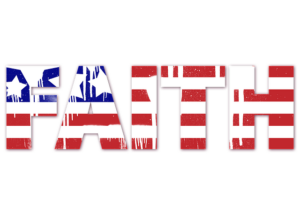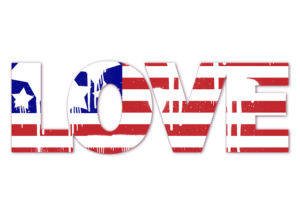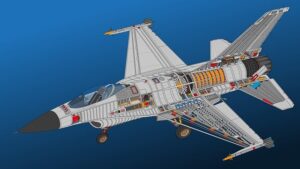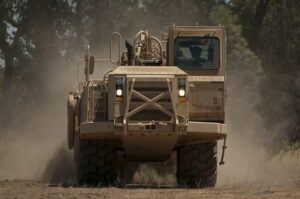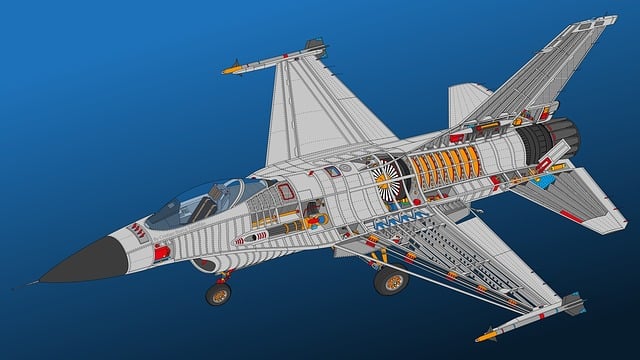
The U.S. Army Special Forces, colloquially known as the Green Berets, have a distinctive flag that encapsulates their history, mission, and values since their adoption of the Green Beret during World War II. The flag features a blue field with white stars and an emblem of crossed rifles and a dagger, symbolizing readiness, combat capability, and covert operations expertise. It also reflects their role as America's first responders against unconventional threats. In 2016, the flag was updated with a green background to further differentiate it from other military branches. This symbol serves as a source of unity and pride for the Special Forces, who carry it during operations worldwide and display it at their bases. The iterative changes to the flag reflect the unit's adaptability and ongoing role in responding to global security challenges, emphasizing its significance in modern warfare and national defense strategies. The US Army Special Forces flag is a testament to the unit's evolution, embodying the bravery, intelligence, strategic acumen, and resilience for which they are renowned.
The United States Army Special Forces, an elite component of America’s fighting force, carry with them a flag rich in history and symbolism. This article delves into the evolution, design, and significance of the US Army Special Forces Flag, an emblem that has come to represent the bravery and dedication synonymous with these soldiers. From its origins to its role in shaping training, tradition, and modern-day operations, the flag’s journey mirrors the Special Forces’ own path—one of resilience, innovation, and unwavering commitment. Join us as we explore the tapestry of this iconic symbol within the broader narrative of America’s special operations legacy.
- The Evolution of the US Army Special Forces Flag: A Symbol of Elite Service
- Design and Symbolism: Unpacking the Elements of the Army Special Forces Flag
- The Historical Significance of the US Army Special Forces Flag in Operations and Missions
- The Role of the Flag in Training, Tradition, and Modern-Day Operations of US Army Special Forces
The Evolution of the US Army Special Forces Flag: A Symbol of Elite Service
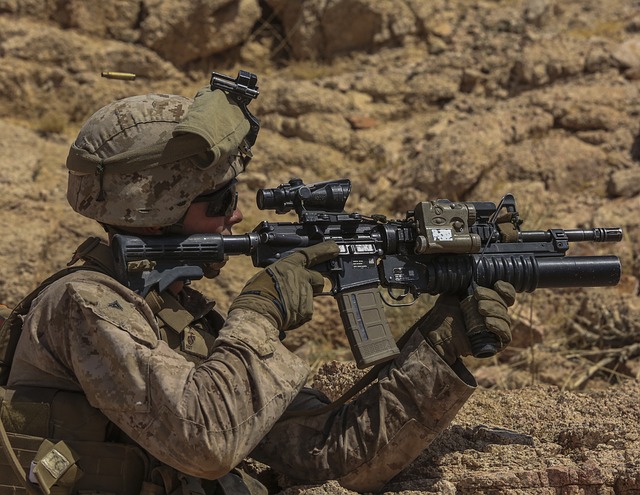
The evolution of the U.S. Army Special Forces flag is a testament to the elite and highly trained nature of these units within the military. Initially, the Special Forces’ symbol was the Green Beret, which dates back to World War II when the 10th Special Forces Group adopted it as their official headgear. This emblem signified not only the unique status of the Special Forces but also their distinction from other units. Over time, the need arose for a more comprehensive symbol that encapsulated the history, mission, and values of the U.S. Army Special Forces. The resulting flag, known as the “Coronet,” features a blue field with white stars, crossed rifles, and a dagger, all centered around a heraldic crest. The rifles represent readiness and the will to fight, while the dagger signifies the covert nature of their operations. Each element within the flag was carefully chosen to reflect the Special Forces’ role as America’s first line of defense against unconventional warfare threats.
The U.S. Army Special Forces flag has undergone subtle changes over the years, with the most recent modification occurring in 2016, when the insignia was updated to include a green background, further distinguishing it from other military branches. This flag is carried by every Green Beret and serves as a rallying point during operations, signifying unity and pride within this specialized community. It is displayed prominently at their bases and is often seen in media coverage of Special Forces’ activities around the globe. The evolution of the U.S. Army Special Forces flag represents the continuous adaptation and redefinition of this elite force as they meet the challenges of an ever-changing global security landscape.
Design and Symbolism: Unpacking the Elements of the Army Special Forces Flag
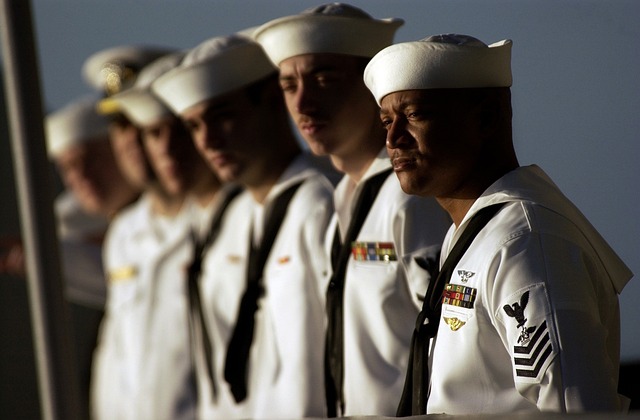
The flag of the United States Army Special Forces, commonly known as the “Green Berets,” is a potent symbol representing the elite nature and unique mission of this distinguished element within the military. This flag, rich in design and steeped in symbolism, serves as a visual representation of the ethos, history, and capabilities of the US Army Special Forces. The flag features a green field, symbolizing the unparalleled adaptability and resilience of the Special Forces operatives who often operate in diverse environments. At its center lies an emblem that encapsulates the unit’s core attributes: a beret with a fleur-de-lis, a dagger, and a star. The beret signifies the Special Forces’ commitment to unconventional warfare and foreign internal defense. The fleur-de-lis represents the Special Forces’ ability to navigate and adapt to complex environments, reflecting their role as leaders in long-term stability operations. The dagger symbolizes readiness and the willingness to engage decisively when necessary, embodying the unit’s offensive capabilities. The star, set within a circle, stands for the Special Forces’ global presence, with the circle denoting the worldwide scope of their operations. Each element of the flag is carefully chosen to convey the valor, intelligence, and strategic prowess that are synonymous with the US Army Special Forces.
The Historical Significance of the US Army Special Forces Flag in Operations and Missions
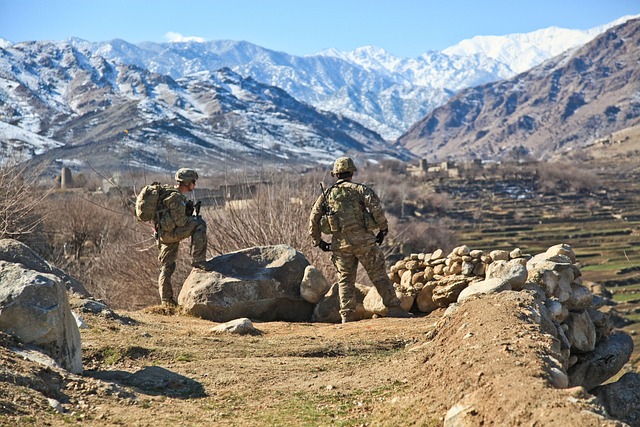
The US Army Special Forces, also known as Green Berets, have a flag that encapsulates their unique identity and history within the broader United States Army. This emblematic flag, adopted in 1961, features an arm holding a dagger with its motto “De Opificis Terrae” (Of the Earth’s Workshops) emblazoned below it, symbolizing their role as unconventional warfare experts. The historical significance of this flag in operations and missions is profound, as it represents the Special Forces’ commitment to conducting global counterterrorism activities, training indigenous forces, and engaging in foreign internal defense efforts. Throughout its history, the US Army Special Forces Flag has been present in significant conflicts, including Vietnam, Afghanistan, and Iraq, where it served as a rallying point for soldiers, signifying their specialized role within the military. The flag’s presence on missions underscores the unit’s ethos of adapting to diverse environments and challenging conditions, embodying the adaptability, resilience, and dedication that have become synonymous with the US Army Special Forces’ legacy. Its visibility in operations is not merely symbolic; it serves as a tangible reminder of the special nature of their assignments and the high standard they uphold in executing their critical national security tasks.
The Role of the Flag in Training, Tradition, and Modern-Day Operations of US Army Special Forces
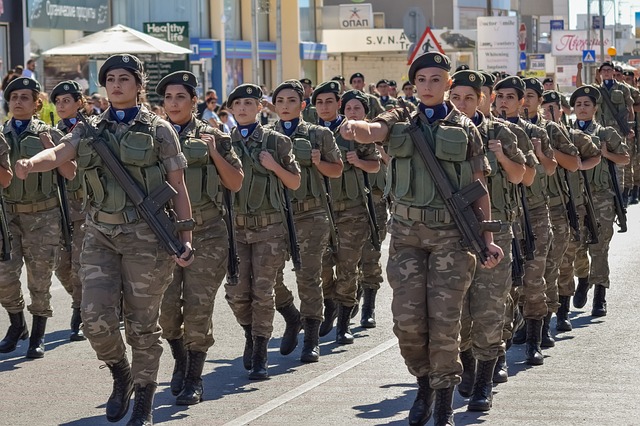
The United States Army flag, a symbol of unity and purpose for the Army as a whole, holds a significant role in the training, tradition, and modern-day operations of US Army Special Forces. In the rigorous training regimens that Special Forces undergo, the flag is not merely a decorative item; it serves as a rallying point, instilling a sense of pride and shared identity among trainees. The flag’s presence during these formative periods underscores the importance of history, honor, and the values embodied by the Special Forces. It is a daily reminder of the legacy they are stepping into and the high standards to which they must adhere.
Incorporating the flag into training exercises reinforces the cohesion and collective memory of the unit, ensuring that the traditions of valor, sacrifice, and excellence continue to thrive within its ranks. As the Special Forces operate on the global stage, the flag is a tangible representation of their mission and the nation’s support behind every clandestine operation or humanitarian endeavor. It is a silent testament to their commitment and a beacon for those they protect and serve. The flag’s visibility in both training environments and combat zones is a constant affirmation of the Special Forces’ role as an elite force, upholding the values and traditions that define them, while also adapting to the evolving demands of modern military operations.
The US Army Special Forces flag stands as a testament to the resilience, bravery, and unparalleled service of America’s most elite soldiers. Its evolution reflects the dynamic nature of the Special Forces themselves, adapting over time to symbolize their enduring commitment to preserving freedom globally. The intricate design, rich in symbolism, encapsulates the ethos and history of this distinguished unit. As a significant historical artifact, it has been present in pivotal operations and missions, serving as a beacon of identity and unity for those who carry the mantle of Special Forces. In training and modern-day operations, the flag remains integral to fostering tradition and maintaining the cohesion necessary for these soldiers to excel in their demanding roles. The legacy of the US Army Special Forces is etched into the very fabric of this emblem, making it a vital component of their storied history and a powerful symbol of their unwavering dedication to the nation.
